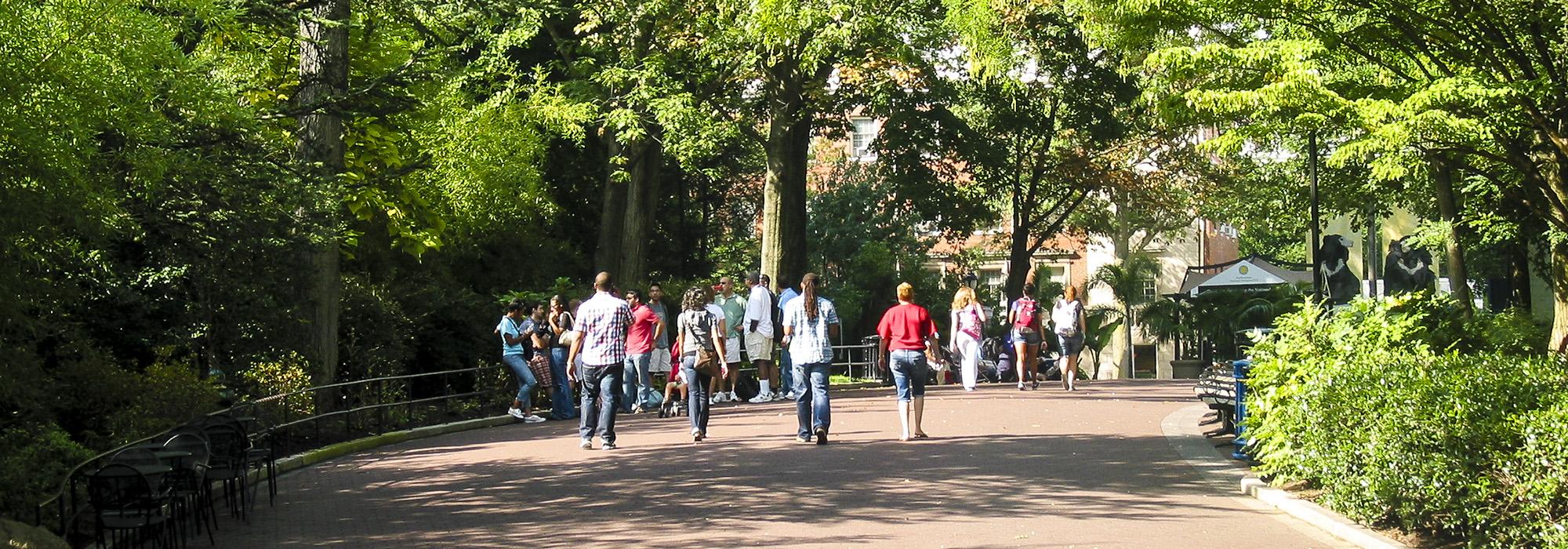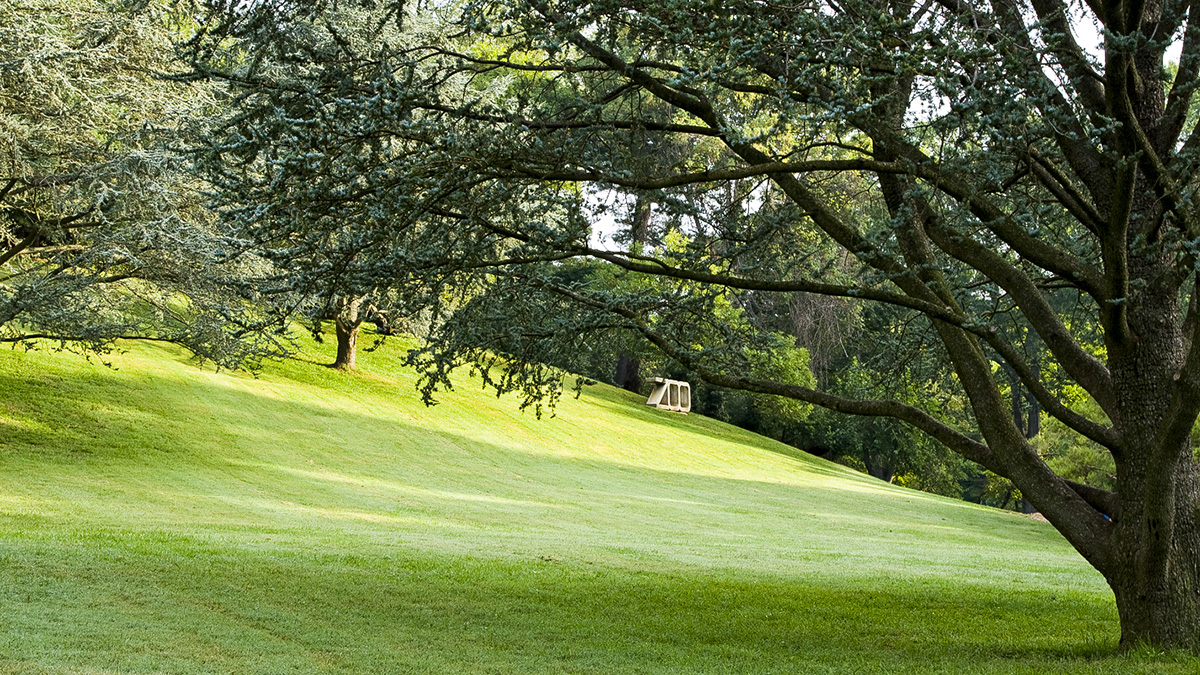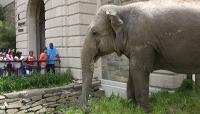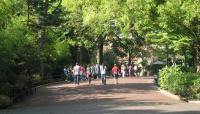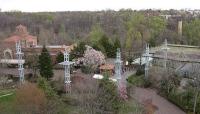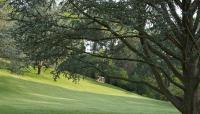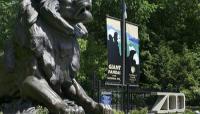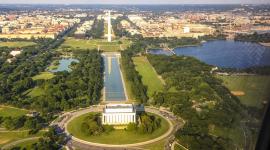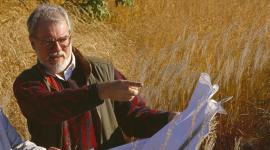Landscape Information
The zoo was founded in 1889 by an act of Congress for “the advancement of science and the instruction and recreation of the people.” It is the only federally-funded zoo in the U.S. and was the first to be established to conserve North American mammals such as bison and beavers that were verging on the brink of extinction. In 1890 it became a part of the Smithsonian Institution.
Plans for the 163-acre zoo, set on steep slopes within Rock Creek Park, were conceived by Samuel Langley, third Secretary of the Smithsonian; William Temple Hornaday, noted conservationist and head of the Smithsonian’s vertebrate division; and landscape architect Frederick Law Olmsted, Sr. Olmsted’s vision for the zoo’s picturesque, park-like setting included a wide, gently-curving path that connected from west to east, with rustic buildings nestled into the landscape. His work was advanced by his son Frederick Law Olmsted, Jr. and stepson John Charles Olmsted until 1905. The general position of the Olmsted Walk and two bridges remain from this early period.
Between 1928 and 1940, under Director W.M. Mann and with Works Progress Administration funds, zoo buildings became decorative and more literal, with bas-relief images of the animals, and exhibit designs reflecting advances in animal science. The 1960s initiated a renewed focus on the natural environment, with architecture built into hillsides or berms and a series of master plans that integrated exhibits into the wooded landscape. Numerous firms have worked on plans and designs for the zoo, including Johnson Johnson and Roy, Lester Collins, Oehme van Sweden, and EDAW, among others. The zoo was listed in the National Register of Historic Places in 1973.



